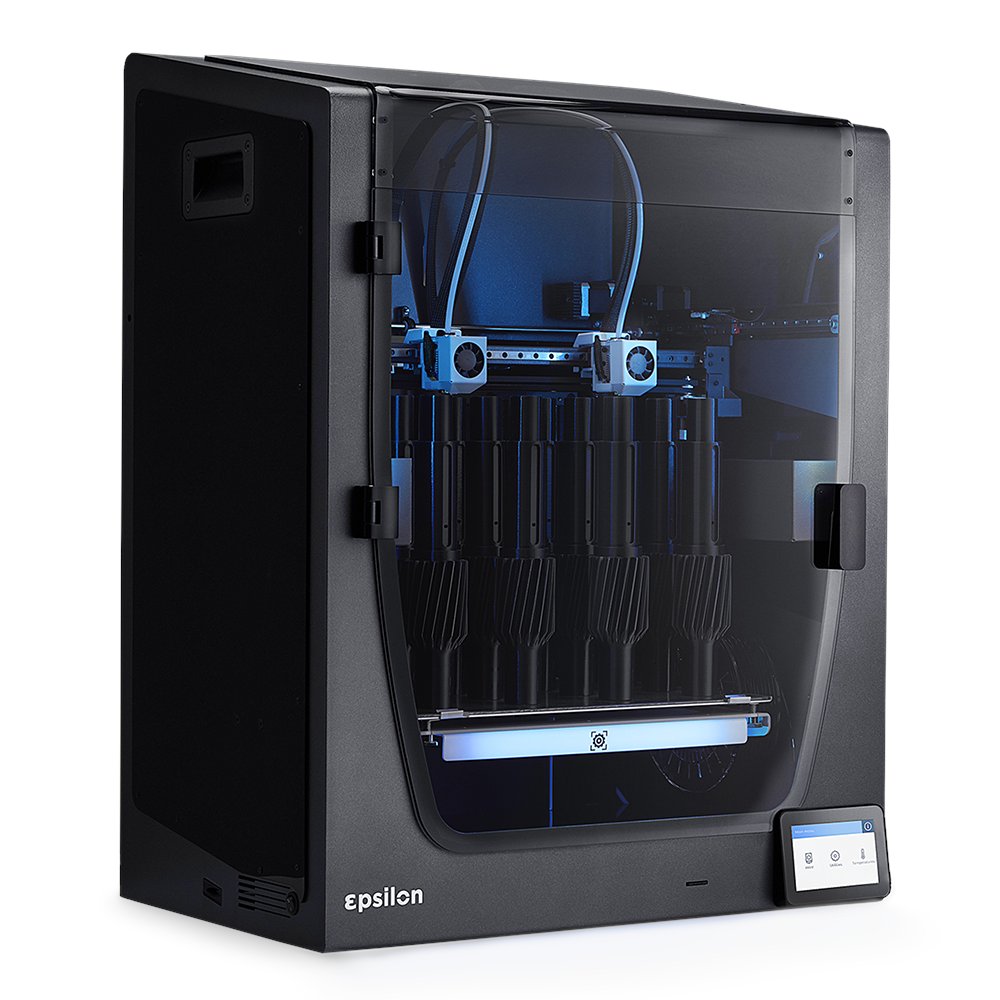

It is worth heating up the nozzle and pushing some filament through to see if it is exiting the nozzle properly. You may wish to use a small retaining clip on the coupler to prevent the tube working loose: Creality PTFE clip by morfidesign. Also ensure the coupler is properly tightened. If your printer has PTFE tube, such as a bowden tube setup for the extruder/hot end, it is essential to make the tube is fully inserted and seated in the coupler. Hot end temperature (deg C): Bed temperature (deg C):Īuto Bed Levelling Select which method of ABL is in place. Additional start gcode: Bed dimensions 0,0 at centre of bed (Delta): Bed X dimension (mm): Bed Y dimension (mm):įor the hot end and bed respectively, typical PLA temperatures are 200 and 60, PETG 235 and 80, ABS 250 and 100, TPU 230 and 5 (effectively off). For the majority of users, you can skip this section.

This can be used to add a hot end purge command. This will be inserted after temperatures are set and homing/ABL is complete. If you have additional start commands, tick the box and enter the gcode.

My method is included in the above video and this diagram is a handy reference: Additional start gcode If you have ABL, this includes making sure your Z offset has been set and saved. Probably the most essential part of setting up your 3D printer. If the wheels are too tight: The assembly will be too tense, which will wear the V-rollers prematurely. If the wheels are too loose: Wobble will be present in the assembly, which will show in the print as surface artefacts. This can be twisted to either add or remove tension on the wheels. Each location will have one eccentric nut. If your printer has a motion system based on V-roller wheels riding on V-slot extrusions, check they are properly tensioned. Crucial ones include those on the print head gantry such as those that hold the hot end on. Move around the machine and check all fasteners. Many of these procedures are covered in this video: Complete beginner's guide to 3D printing - Assembly, tour, slicing, levelling and first prints Loose nuts and bolts It would be easy to use the techniques elsewhere on this page to try and fix problems that were actually caused by a problem with the physical components, so we will eliminate this possibility first. When required:Īny time the frame or mechanical components have been disassembled or replaced. To ensure there are no underlying problems with the frame or mechanical components of the 3D printer.


 0 kommentar(er)
0 kommentar(er)
